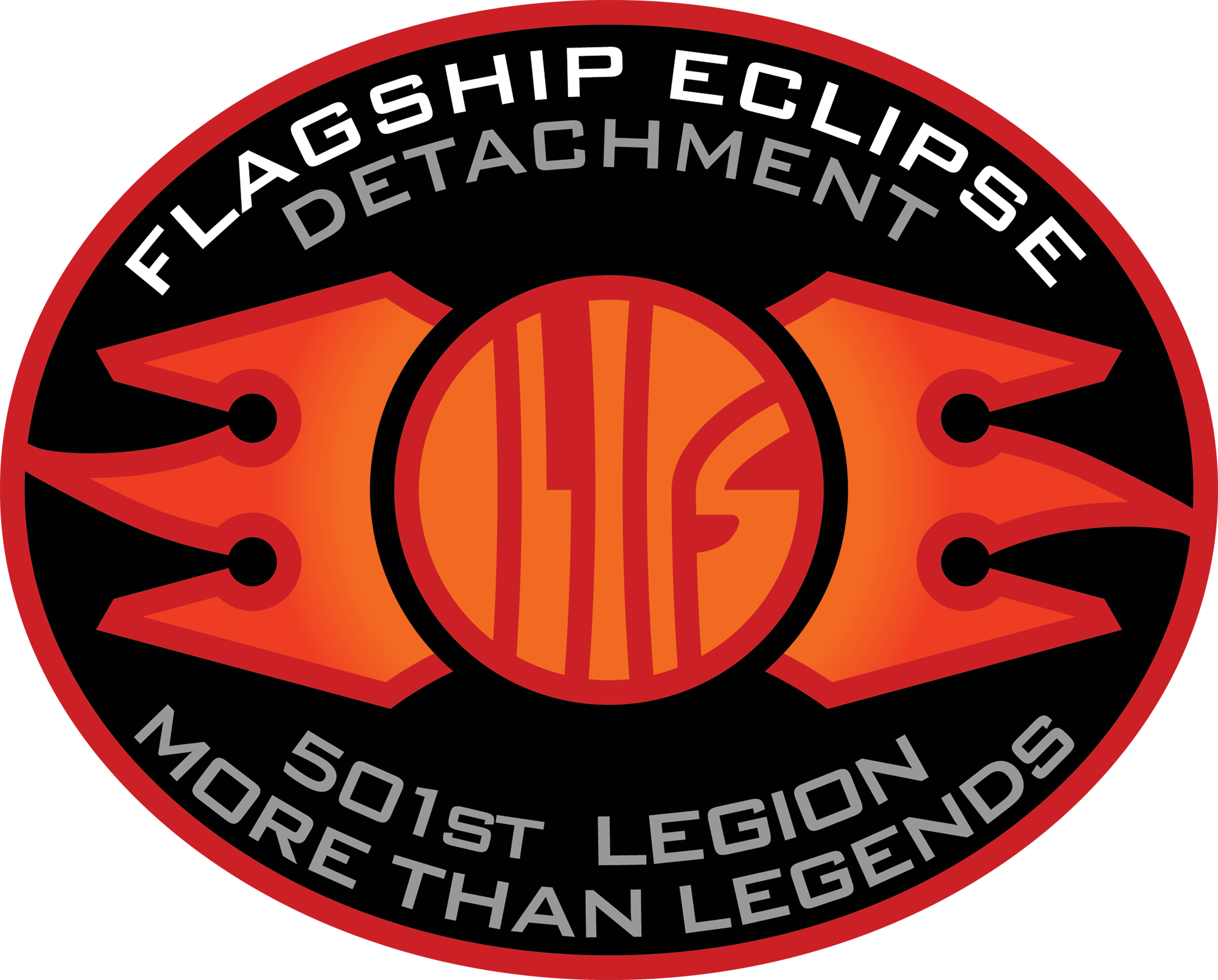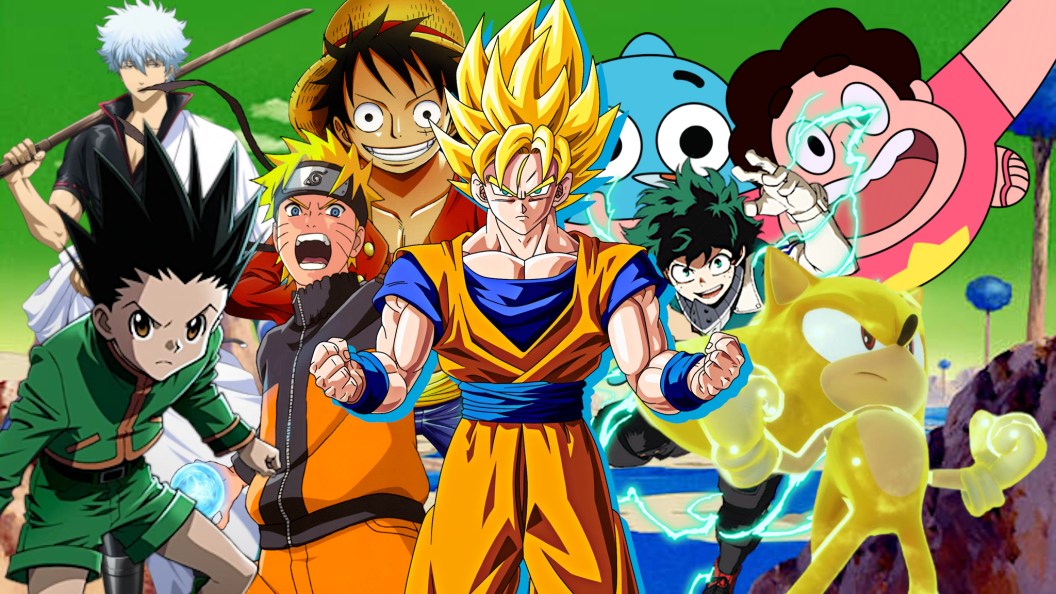
Akira Toriyama’s iconic Dragon Ball franchise practically needs no introduction. With its 1984 Weekly Shonen Jump debut and in the 40 years since, it’s become ubiquitous in the world of pop culture and synonymous with anime and manga worldwide. Dragon Ball’s characters and concepts are so instantly recognizable that even somebody who has never seen an episode, can name the transformations, recite certain quotes, and even recognize hairstyles of its many beloved characters.
Dragon Ball, its sequels, and spinoffs follow Son Goku, a Saiyan who grows from a child on Earth into a powerful fighter. Throughout the series, Goku grows up, turns rivals into allies, gains friends, gets married, and even has children who eventually join him in fighting deadly enemies, either for fun or to save the world. Dragon Ball Daima continues the legacy in 2024, with the saga showing no signs of slowing down. From its influence in not only Japanese but also Western animation and video games, Dragon Ball is arguably the most influential anime of all time, and its legacy continues to shape popular culture into the future.
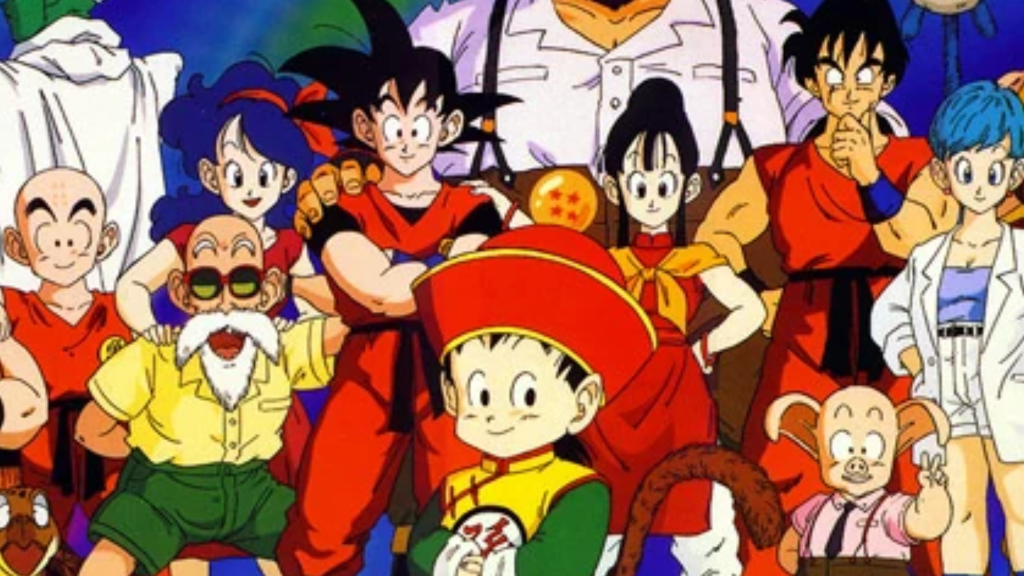
Dragon Ball Helped to Popularize Shonen Anime Worldwide
Dragon Ball played a critical role in shaping the popularity of shonen anime both in Japan and globally. Dragon Ball Z, in particular, with its epic fight sequences and memorable transformations, attracted a broad fan base and became a defining series for the genre. In Mexico, the series became a cultural phenomenon through the release of Zero y el Dragón Mágico and the consistent unimpaired airing of the Spanish dub in 1996. This resulted in the Latin American release outpacing the uneven availability in the United States at the time. Mario Castañeda, Goku’s Spanish voice actor, is beloved by Mexican fans, further solidifying Goku’s imprint on the country. Its popularity was fortified by affordable importing, widespread media adaptations, and merchandise. This subsequently helped make Dragon Ball a cornerstone of Latin American anime fandom, for example, as noted by The San Fernando Valley Sun, in addition to Japan and much of the world.
The success of Dragon Ball Z on Cartoon Network’s Toonami block also played a pivotal role in popularizing anime in the United States following the Anime Boom of the 1970s and 1980s. The show, first aired in syndication, found greater success through re-runs on Toonami, prompting Funimation to continue the English dub exclusively for the block. By 1999, it had attracted 1.7 million households, including a million children aged 6–11. Its peak in the Fall of 2001 saw it competing with major shows like WWF Raw and NFL broadcasts, cementing its influence and paving the way for other anime franchises, such as FLCL, Inuyasha, and Bleach.
RELATED: Dragon Ball Z’s Most Underrated Villain Deserves More Love from the Fans
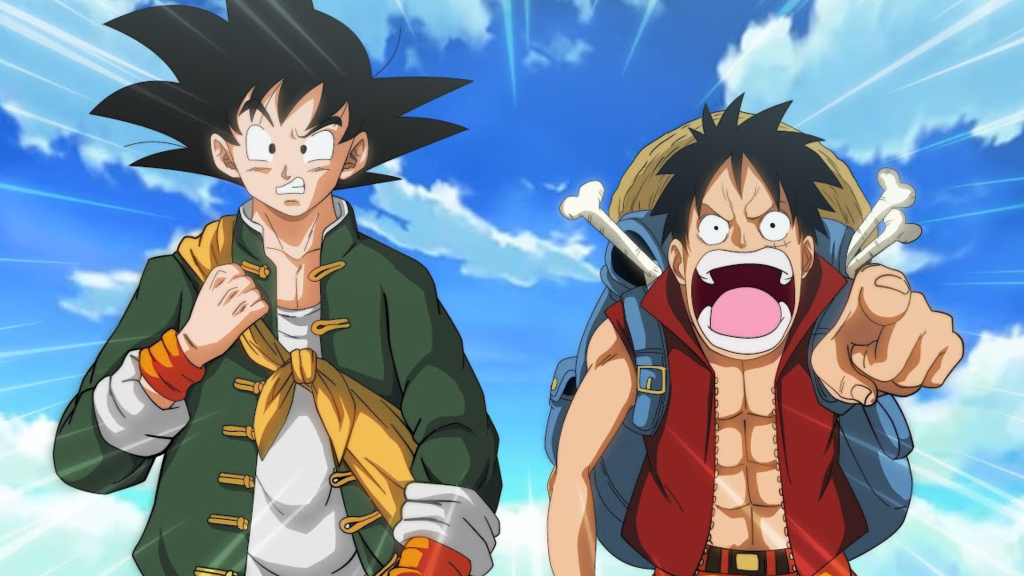
Goku Inspired Countless Anime Protagonists
Dragon Ball has a powerful legacy not just on the manga and anime medium as a whole, but on countless protagonists spanning generations. This includes parallels that can be drawn between Goku and Naruto Uzumaki, for instance. In The Art Collection: Uzumaki, Masashi Kishimoto even references Naruto’s “energetic and mischievous personality” as influenced by Goku. Both characters embody a relentless pursuit of friendship and believing the best in people.
Additionally, the argument can be made that Goku’s relationship with his sons, Gohan and Goten, shares similarities with Naruto’s relationship with his children, Boruto and Himawari. As the protector of Earth, Goku often trains or battles, leaving moments like Gohan’s upbringing to Chi-Chi. Similarly, Naruto, as the Hokage, must balance leadership with fatherhood but would often perceivably neglect his children in the process, a persistent gripe of his son, Boruto. The parallel grows even sharper with cases such as when Naruto uses a shadow clone to attend Himawari’s birthday in Episode 53 of Boruto: Naruto Next Generations, arguably an even more aggressive instance of absentee fathering than Goku’s.
One Piece’s Monkey D. Luffy shows parallels to Dragon Ball’s Goku as well. This is made abundantly clear with the anime even featuring a filler crossover in Episode 590, “History’s Strongest Collaboration vs. Glutton of the Sea.” The episode unites characters from One Piece, Dragon Ball Z, and even Toriko. While the battle shonen trappings make this a fun crossover, the fans know exactly which endearing qualities Luffy and Goku share. Their enormous appetites are on display, along with explosive clashes for a fan service double-whammy.
Toriyama Is Everybody’s Favorite Manga Artist
It is not surprising that so many anime protagonists have been inspired by Goku, as many prominent manga creators have credited Dragon Ball Z and Akira Toriyama’s work as significant influences. Masashi Kishimoto of Naruto frequently cites Dragon Ball as a model for developing characters and stories.
In a 2012 interview with VIZ Media’s Shonen Jump Alpha, Kishimoto stated that as a child, “I got into Akira Toriyama Sensei’s Dr. Slump anime and Dragon Ball manga. I loved his characters. I was especially attached to Dr. Slump’s Arale and Dragon Ball’s Goku… I thought to myself, I want to become like Toriyama Sensei.”
Kōhei Horikoshi, the creator of My Hero Academia, has often acknowledged the significant influence of Dragon Ball Z on his own work. Horikoshi had paid homage to DBZ on numerous occasions. One such being in a promo sketch for Episode 94, which was posted on X (formerly Twitter), which showcases the Joint Training Battle between Class 1-A and 1-B, there’s a reference to DBZ. Toru, using her invisibility quirk, requests Volume 27 of the Dragon Ball Z manga, which features the iconic moment when Goku first transforms into a Super Saiyan during his fight with Frieza.
Of course, in each of Horikoshi, Kishimoto, and One Piece creator Eiichiro Oda’s cases, they also were tapped to work on the Dragon Ball Super Gallery to recreate Toriyama’s iconic volume covers.
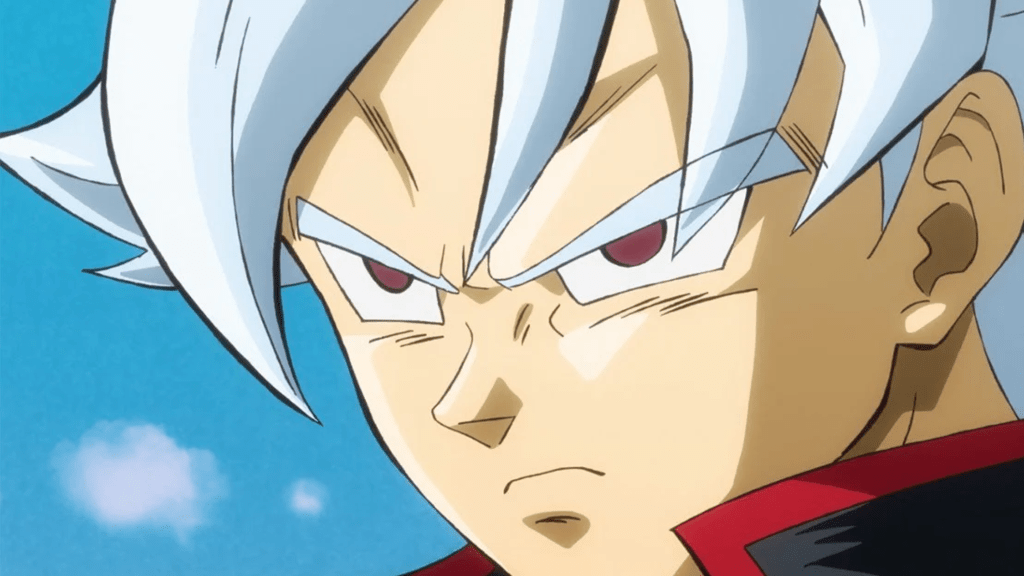
The Dragon Ball Universe Has Been Referenced in a Lot of Anime
Dragon Ball Z has left a significant impact on both anime and Western media. Its legacy is seen across television, film, and video games. Among other topics, its presence juxtaposed against Western media sparks years-long debates like whether Goku or Superman would win in a fair fight. Its influence, however, is seen most clearly in the transformation of characters and scenes that imitate iconic moments from the series, especially the Super Saiyan transformation.
Gintama is particularly known for frequently referencing Dragon Ball Z. In Episode 119, titled “Within Each Box of Cigarettes, Are One or Two Cigarettes That Smell Like Horse Dung,” Hijikata, a chain smoker, is forced to leave Earth due to a smoking ban. He travels to Planet Hamek, a wasteland once known for its tobacco fields. The planet, now destroyed by the evil Brieza (a clear parody of Frieza), is inhabited by Hamekians, green-skinned humanoids who look an awful lot like Piccolo and Dende. Most of the population was wiped out by Brieza’s attack, mirroring Frieza’s wiping out the Namekians.
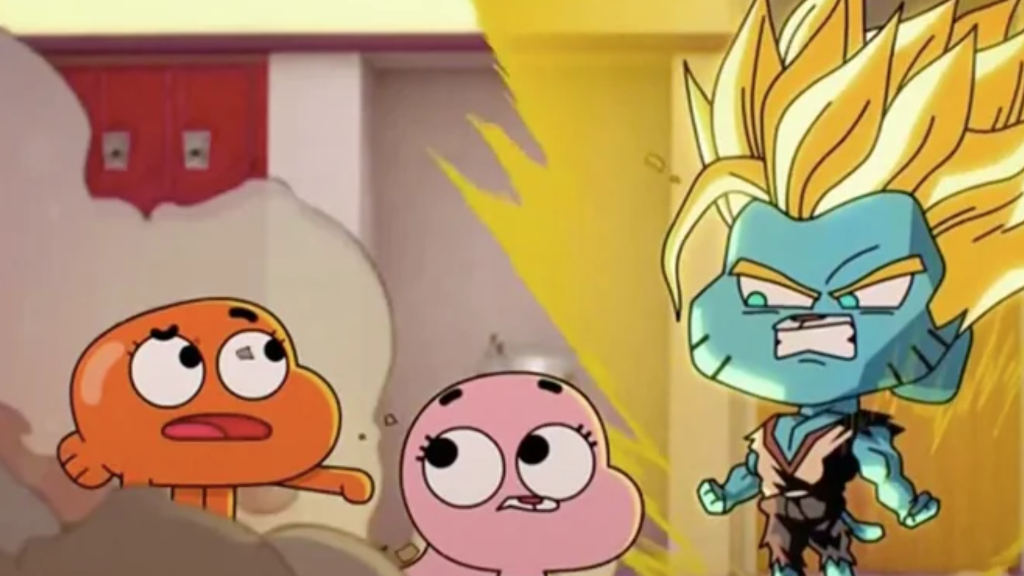
Dragon Ball’s Influence Crept Over to Western Properties
Western cartoons are no stranger to Dragon Ball Z references, either. The Amazing World of Gumball has several hilarious parodies, especially in its fourth season. Gumball attempts to go Super Saiyan in Season 4, Episode 4 but fails. He succeeds a few episodes later in Season 4, Episode 7, after his sister Anais is bullied.
He was not the only one channeling his inner Goku, as in Season 4, Episode 37, his mother, Dr. Nicole Watterson, uses a Kamehameha-style attack during a fight. Additionally, in Season 4, Episode 31, the Watterson neighbors get in on the DBZ action. During a fight sequence, the Robinsons perform an attack similar to Goku’s Kamehameha and Galick Gun, Vegeta’s signature move, in their dreams.
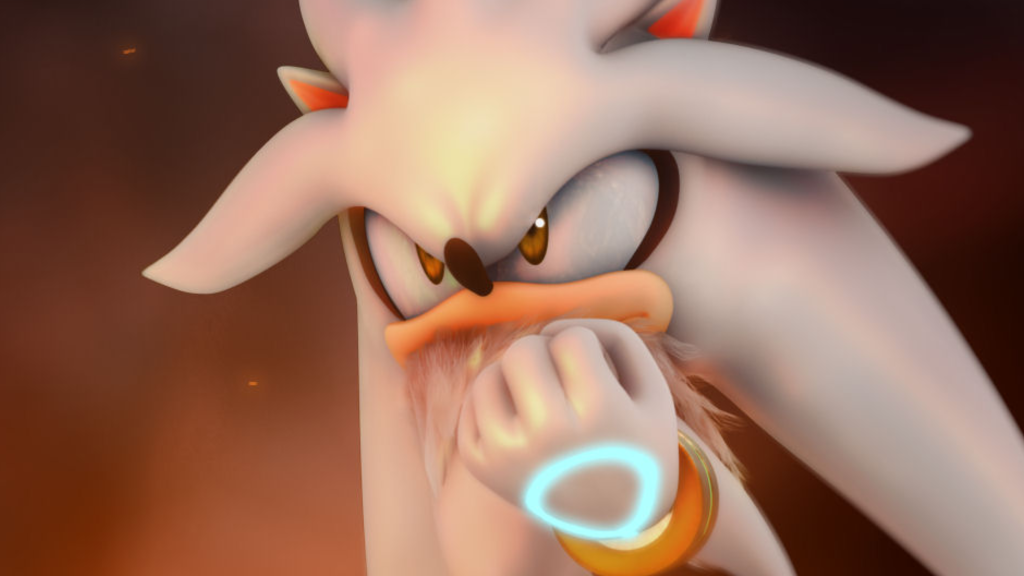
Video Games Have Also Been Inspired by Dragon Ball
The impact of Dragon Ball Z on video games is evident in the Sonic the Hedgehog franchise, where numerous elements have been influenced by the iconic anime. Characters like Silver the Hedgehog, who draws inspiration from Future Trunks, and the Super Sonic form, which mirrors the Super Saiyan transformation, clearly reflect Dragon Ball Z’s impact on character design.
Additionally, the Special Stages in Sonic the Hedgehog 3, Sonic & Knuckles, and Sonic 3 & Knuckles feature a layout inspired by King Kai’s Planet from Dragon Ball Z. Yuji Naka, the creator of the Sonic series, implemented the graphical design based on the hilarious scene where Goku chases Bubbles on King Kai’s planet in Dragon Ball Z Episode 13.
Dragon Ball’s Lore Is the Envy of Anime Creators Across Generations
The Dragon Ball universe continues to expand with Dragon Ball Super and Dragon Ball Daima, bringing fresh storylines and characters into the mix. With so much still to explore, it’s clear the franchise will remain a significant part of pop culture for years to come. Even though Akira Toriyama’s direct involvement will be missed, the world he built, starting with a small Saiyan boy from Planet Vegeta, will continue to influence and inspire future generations.
H/T: VIZ Media, San Fernando Sun Kohei Horikoshi on X
The post Dragon Ball Is the Most Influential Anime of All Time, Here’s Why appeared first on ComicBook.com.
